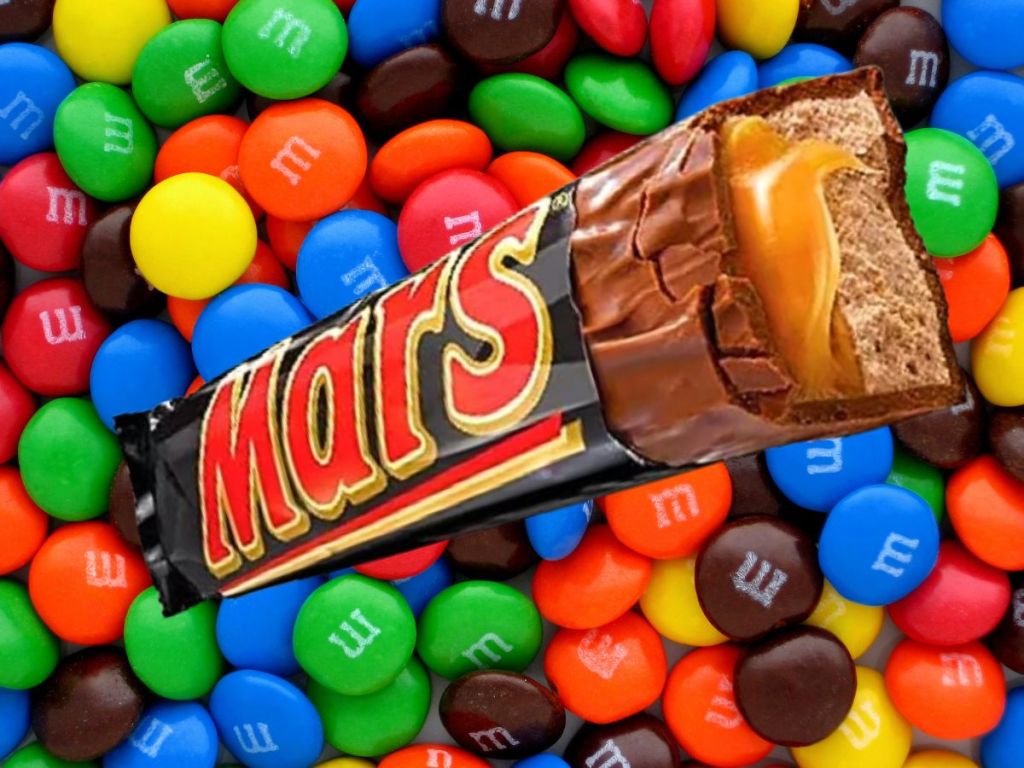Mars, the world-famous confectionery giant, known for its sweet creations like M&M’s, Snickers and Skittles, has been using cutting-edge AI technology to make way more captivating ads. Thanks to AI, it also learned what makes a good ad: it has to be interesting, emotional and not too long.
Not only have these ads resonated with audiences, they have also increased chocolate sales. While every company aims to get advertising right, the challenge lies in gauging how effective they are before they are released to the public.
Laurent Larguinat, the Head of Consumer and Market Insights at Mars, writes in a fascinating editorial about this process: “We utilised behavioural data − such as eye-tracking, facial reactions, skin conductivity, EEG and others – and applied AI algorithms to analyse the data and ultimately link benchmarks to sales success. The result is an 85% accuracy in predicting whether ads would likely lead to a sale or not.”
How it works
Traditionally, companies solicit feedback from individuals to evaluate ad performance. However, such an approach often falls short as people may not express their genuine sentiments, or they might forget their initial impressions. Mars embarked on a novel path by harnessing AI to monitor real-time audience reactions.
They invited willing participants to view their ads on personal computers or mobile devices while employing specialised tools to monitor reactions to the ads.
These sophisticated instruments decoded whether viewers were engaged, experiencing happiness, sadness, anger or boredom, or were inclined to skip or interact with the ad. Subsequently, AI was employed to dissect this trove of data, correlating it with actual chocolate purchases.
Six years of intensive experimentation led to the development of ACE (Agile Creative Expertise), their newfound method for creating compelling ads.
ACE: The AI ad tool
With ACE, numerous ads were tested, and the link between emotional engagement and increased sales was unveiled.
Ads were rated on a scale from 1 star (ineffective) to 4 star (exceptional) based on their influence on sales. Prior to ACE’s implementation, only 40% of their ads earned 3- or 4-star ratings. Post ACE, this figure soared to over 70%, affirming that ACE played a pivotal role in creating more effective and revenue-generating ads.
Comparing ACE with other technological methods measuring audience reactions, Mars worked out that ACE was significantly more effective.
Larguinat explained that ACE was embraced by the company after the results became clear.
“In 20 months, we completed more than 1,000 projects in over 25 countries. This helped Mars improve the effectiveness of its digital adverts on TikTok, Facebook, Instagram, YouTube, Amazon and other digital platforms, generating an additional $30 million in sales.”
Today, ACE is an integral part of Mars’ digital advertising strategy, identifying that ads with high “attention” scores perform exceptionally well across diverse platforms, leading to increased sales. The tool has also highlighted which elements of the ads resonate with viewers and which elements may lead to confusion or disinterest.
Mars envisions a future where AI will not only be used in ad testing, but that AI will be capable of autonomously making ads that are optimised for success.





